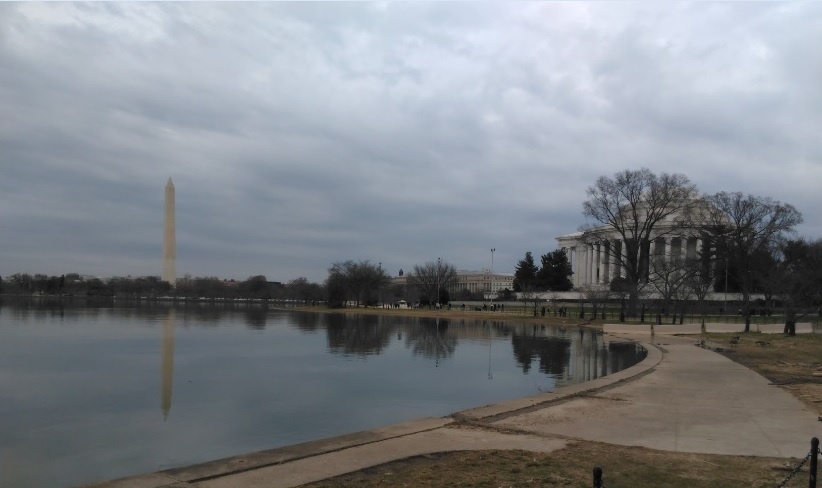Washington Metropolitan Area UHI
FC-02x Livable Future Cities ( 2nd Run) - Compulsory Exercise 2

Uploaded on 2016-03-15 by arqpablomartinez
*"Washington D.C. has the sixth most intense urban heat island in the U.S., out of 60 cities investigated in a report by Climate Central. The study finds that on average, the urban area of D.C. is 4.7 degrees warmer during summer than its neighboring, rural areas since 2004. In the past ten years, the difference in temperature between the city and surrounding rural areas has ballooned to as much as 21 degrees."* *[Source: https://www.washingtonpost.com/news/capital-weather-gang/wp/2014/08/21/d-c-has-one-of-the-most-intense-urban-heat-islands-in-the-u-s][1]/* I went to DC last weekend, but I couldn't experimented the difference of temperature between DC and my town (Herndon), because I went to the touristic site, and it's a great place to walk. But, a personal experience is not a valid measure in my opinion. ![Washington DC][5] I share with you other report of the Washington post and the study of this case it's a great example of our topic. *"Why is it usually considerably warmer in the city than surrounding suburbs, especially at night? Just this morning, for example, the low at Reagan National Airport near the District was 36, while Dulles Airport – 25 miles to the west – bottomed out at 27. These kinds of temperature discrepancies are due to a phenomenon known as the urban heat island effect. An urban heat island (UHI) is produced within a city center when development adds heat sources into the surrounding air. The added heat comes from tightly packed infrastructure, highly heat-absorbent surfaces like asphalt, and all the vehicles on the road."* Source: [https://www.washingtonpost.com/news/capital-weather-gang/wp/2013/11/21/inside-washington-d-c-s-urban-heat-island-effect/][2] Herndon it's one of the nearest town of the Dulles Airport, and this report explain perfectly the situation. ![The town of Herndon][4] In fact, Since 1980, the temperature in the Herndon area has experimented an increase because the development of the area. ![https://www.washingtonpost.com/news/capital-weather-gang/wp/2013/11/21/inside-washington-d-c-s-urban-heat-island-effect/][3] I think that the Herndon Area it's a great zone of "livability" nowadays, but, to prevent the development of the UHI effect I would like to share some ideas: - Long-term policies in regard to the construction of new urban sites. Land impact of the buildings, demanding less land occupation. - To promote and develop the use of public transportation as a measure to mitigate the development of more roads - Declare areas considered "lungs" of the city as protected areas to mitigate urban development. - Promote the use of certain materials to prevent the heat conservation in roofs (for example: green roofs), or in walls. Promote the investigation and development of this materials and benefit users of these materials through tax exemptions or remove it. Something that has already been done in the area is the promotion of the area for the installation of companies, such as software, that bring quality work to the area and allow residents of the city should not make long commutes to go to work, improving the quality of life of citizens (more livability). Also, in parking lots exist trees to mitigate the effect caused by asphalt surfaces, and exist a lot of "green areas" and artificial lakes around the new buildings. [1]: https://www.washingtonpost.com/news/capital-weather-gang/wp/2014/08/21/d-c-has-one-of-the-most-intense-urban-heat-islands-in-the-u-s/ [2]: https://www.washingtonpost.com/news/capital-weather-gang/wp/2013/11/21/inside-washington-d-c-s-urban-heat-island-effect/ [3]: https://edxuploads.s3.amazonaws.com/1458071942106172.jpg [4]: https://edxuploads.s3.amazonaws.com/14580714746402966.jpg [5]: https://edxuploads.s3.amazonaws.com/14580705806988468.jpg